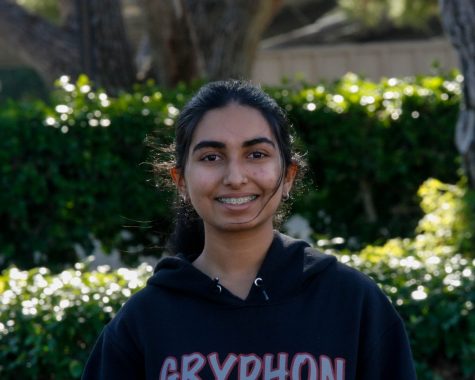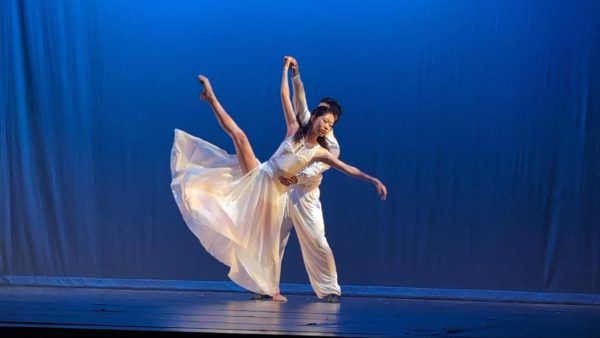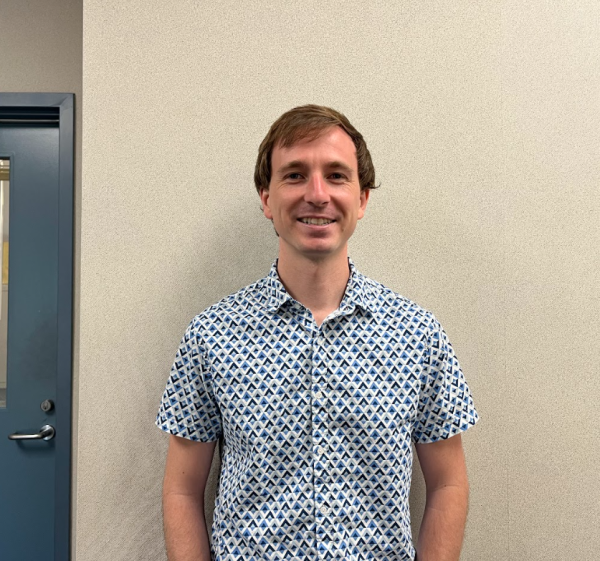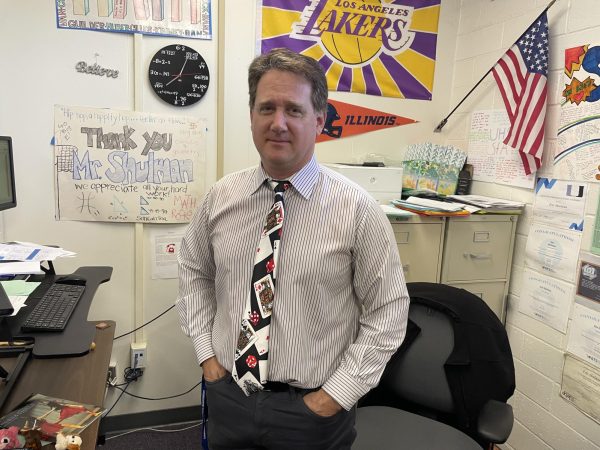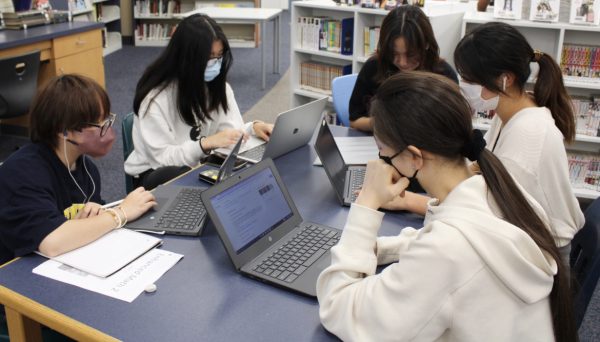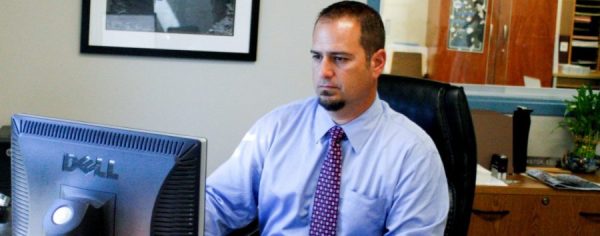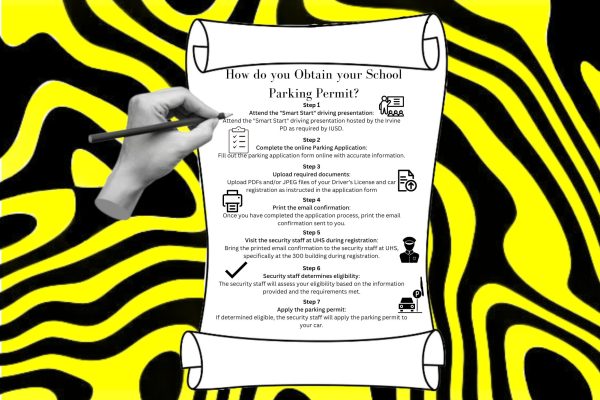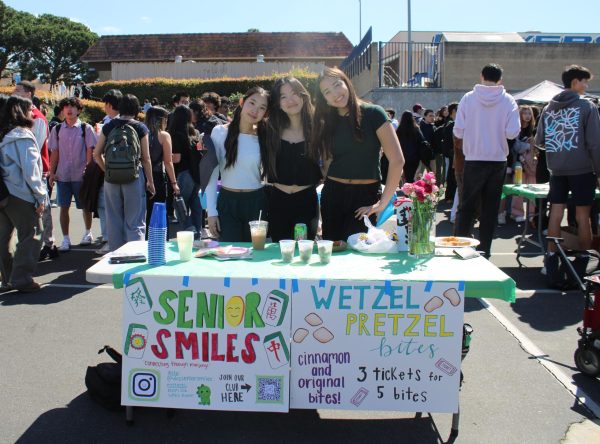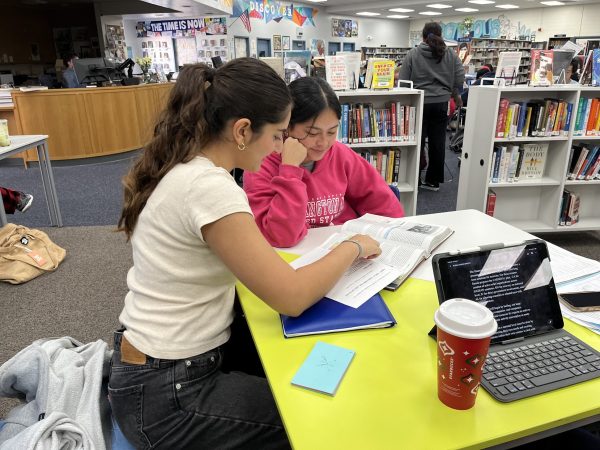How Masks Have Affected the DHH Community
May 4, 2021
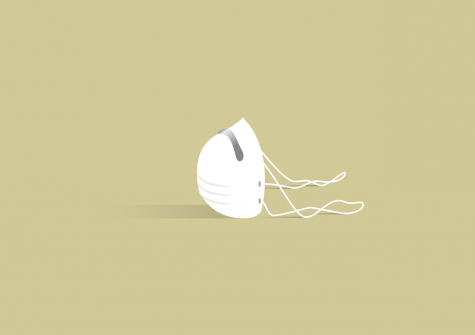
Communication is one of the most critical aspects of one’s life, especially in school. Being able to interact with friends, staff, and co-workers can greatly enrich individuals who work at or attend high school. However, with the current mandate of masks, communication can often be hindered. This is especially true for a specific community at UHS: The DHH community.
In ASL, being able to see one’s face is essential when communicating. Facial expressions are used in ASL to express the meaning that an individual would like to put forward – but with the mandate of the usage of masks, this aspect of communication has been stripped away.
This was a cause of concern for Tracie Miller, a paraeducator who has been working as a part of UHS’s DHH program for the past 16 years.
“At first, when we got back into in-person learning, it was a real challenge for me,” said Ms. Miller, “The facial expression aspect of communication was taken away, and it forced me to really analyze a new way of reaching my students. I had to create new concepts of how I could read my students, with just seeing their eyes.”
With the reopening of schools, DHH staff, many of whom had similar concerns to Ms. Miller, had to adapt to these new circumstances. DHH students were back in the classroom, ready to learn, and teachers had to adjust to the new classroom settings to ensure that students were in a communicative environment.
As stated by Ms. Miller, to bolster communication in the classroom, “sometimes teachers would wear a clear mask which kind of helped the kids understand them better when signing,” said Ms. Miller, “also if there’s a lot of distance between the teacher and the student, the teacher might wear both a face shield and mask and pull down their mask to sign, while still having the protection of the face shield.”
As seen by transparent masks and face shields, teachers have been using these new strategies to overcome the communication barriers created by masks. Along with this, even outside of the classroom, different techniques are being used to convey one’s message. Some of these include: reading body language, writing one’s messages down, and using further gestures.
“Every day, we’re able to communicate through body language and gestures,” Ms. Miller said, “Sometimes we might have to ask others to sign it again or to elaborate so that we don’t have misunderstandings. Or when talking to hearing people, we need to go back and forth by writing it down.”
Nevertheless, despite the obstacles that members of the DHH community have been facing these past few months, both the students and staff have been adjusting and understanding of their situation.
“The DHH students and staff have been very receptive. We know that safety is a priority, so we have been adjusting to what’s been happening,” said Ms. Miller, “I’m proud of how we in the Deaf community here at Uni, have met the challenges of these trying times and have successfully navigated through and adapted to them..”
Furthermore, Kimberly Coronado, a DHH counselor at Uni, has had similar experiences to Ms. Miller. As a counselor, she interacts one-on-one with students from the DHH community – and therefore, communication is critical in her work.
When Ms. Coronado first heard that they would be returning to school with face masks, she had some initial thoughts and concerns, but also some relief.
“While I was worried that there would be communication barriers and misunderstandings with the masks, I was also thinking how much we needed to be back at school,” said Ms. Coronado, “A lot of our deaf students live with hearing parents and so it might be a little isolating for them to not be able to communicate with their friends from school who are going through the same experiences as them.”
While the communication barrier created by masks did serve as a problem, students and staff were glad to return to school in the hybrid model and continue interacting with peers and mentors.
Furthermore, just as Ms. Miller did, Ms. Coronado and her peers had to adjust to the new circumstances. However, these adjustments often brought up some limitations along with them.
For example, some teachers would wear face shields or transparent masks to communicate with their co-workers and students, but one disadvantage was the fogging of the masks that came along with it.
As elaborated on by Ms. Coronado, “Ideally, many of us would wear a clear mask with a shield since it would allow us to see each other’s facial expressions better,” said Ms. Coronado, “but sometimes it can be uncomfortable because it can fog and that can be a little tiresome.”
In addition to these issues brought upon by clear face masks, as a counselor, Ms. Coronado has faced further challenges when communicating with her students. A big part of her job is understanding what a student is going through and what they would like to convey to her: which has become more of a challenge with masks.
“As a counselor, I want to see my students’ expressions better, I want to make sure that I understand what they want to talk about, and masks made that hard for me,” said Ms.Coronado, “I miss seeing my students’ faces and being able to hug them; which makes my job hard because I am used to closeness.”
Moreover, another contributing factor to this disconnect due to lack of physical contact in communication can be explained by deaf culture. As described by Ms. Coronado, members of the DHH community are often “more affectionate” in that they “use hands to show affection and to get someone’s attention.”
So with this aspect of their communication taken away, a further disconnect is created between members of the DHH community. Nevertheless, they have persisted and continue to find new ways to display their affection for each other.
Students and staff alike have continued to adjust to the difficulties that masks bring around in communication, and this resilience is one of which Ms. Coronado is proud of being a part of,
“I’m really grateful for all the work we’ve done as a team, including the staff and the students, we’ve just rolled with the punches.” said Ms. Coronado, “Even though it was a struggle at first, we just got through it, and I’m grateful for everyone’s perseverance and teamwork. It’s been amazing!”


